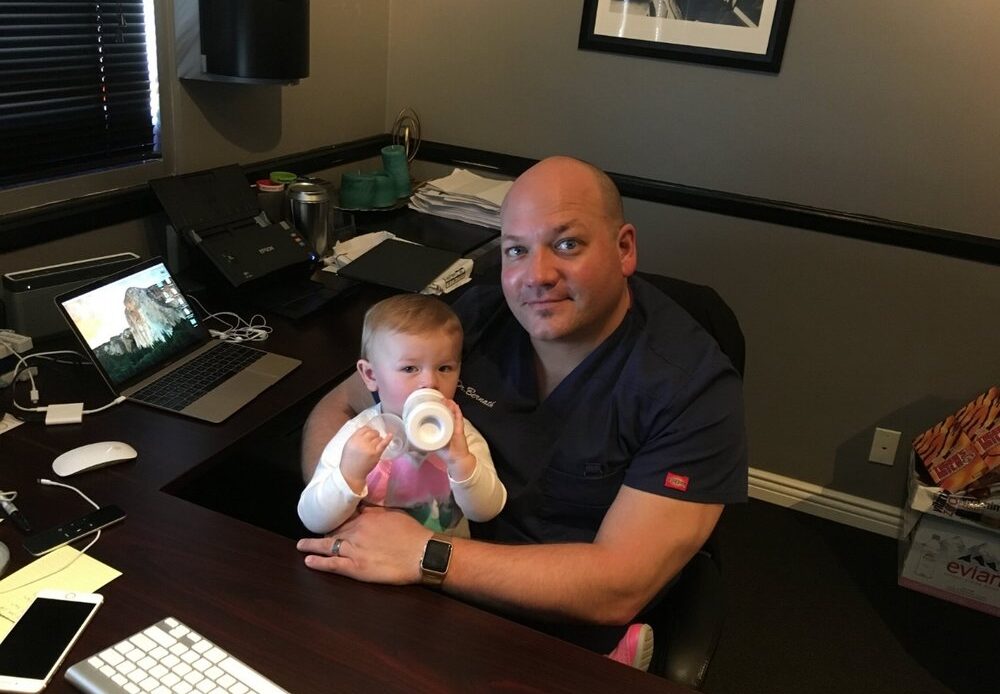
Sciatic nerve pain can be extremely painful and debilitating that you just do not want to be in your bed for more than a couple of minutes. Many individuals have sciatic nerve pain, yet it does not always go away by itself. Sciatica is usually chronic pain that develops behind the lower back and sometimes, but not necessarily, has symptoms similar to that of lower back pain as well. Sciatic nerve pain relief is usually sought by individuals when they become aware of pain developing in the area. The pain may be felt in one side of the lower back, buttocks, legs, or feet.
Sciatic nerve pain develops when pressure is applied on the sciatic nerve by tight muscles and tendons in the back, pelvis, and ribs. This puts tremendous pressure on the lumbar nerves and causes numbness, tingling, and even weakness in these areas. One of the most common symptoms is a numb sensation in the legs. This can cause the person to try to stay home from work for as long as possible since leg strength is necessary to accomplish normal daily tasks. If a person has this condition, they should call their doctor immediately to start treatment to help alleviate the numbness and pain. There are several treatments available for sciatic nerve pain relief depending upon the cause of the condition.
Sciatic nerve pain relief can be achieved through the use of anti-inflammatory medications such as ibuprofen. Muscle weakness and leg weakness also can be treated with the use of ice packs, heat pads, or heating pads. Thermotherapy is used to treat acute sciatic nerve pain by applying warm, cold, or electric shocks to the affected area. Anti-inflammatories such as aspirin or ibuprofen can reduce inflammation and relieve some of the symptoms associated with it. Long periods of sitting or standing can cause bone spurs to form along the sciatic nerves in the back, pelvis, and ribs. If this is the case, patients may experience numbness, tingling, or weakness in these areas.
One of the more common causes of sciatic nerve pain is spinal stenosis. This is when the spine has a smaller opening through which wastes, toxins, and other substances can enter the spine canal, causing irritation and inflammation. Other common causes of this condition include a herniated disc, muscle imbalances, osteoarthritis, and spinal stenosis. These conditions can be treated with physical therapy, prescription medication, chiropractic care, and surgery if the symptoms are severe Sciatic Nerve Pain.
The risk factors of developing sciatic nerve pain are also prevalent among people who have this condition. People who have long periods of sitting and standing are at the highest risk because their bodies adjust to the lack of activity by slowing down their metabolism, putting them at a much higher risk of developing poor circulation and decreased functioning of the muscles and joints. People who sit for long periods of time are also at greater risk because gravity does not help to alleviate the problem. Those who have weak abdominals are also at greater risk because sitting puts unnecessary pressure on the abs and increases the risk factors of developing back problems.
Sciatic Nerve Pain is not something that only those with medical conditions are prone to. Anyone can get it, as long as they are experiencing symptoms that point to lumbar radiculopathy. For instance, those who sit for long periods of time or stand up too quickly after bending over may develop lumbar radiculopathy. This is why it’s important to always keep your spine upright when you are sitting or standing up.
Once you have ruled out any other medical conditions as well as the above mentioned symptoms, you can then decide if your sciatic nerve pain is a symptom of lumbar radiculopathy or if it is a more serious condition that requires treatment. In order to determine that it is you need to consult a medical professional such as a chiropractor, osteopath, physical therapist or a massage therapist. If you choose to see a chiropractor, they will perform a physical examination and check for any injuries that could be causing your pain. They will then discuss different treatments and options depending on what the source of your pain is. When it comes to consulting a physical therapist or massage therapist, the first thing they will do is evaluate your spinal alignment and help you strengthen and stretch any muscles that could be tight or tense in order to relieve any pressure on your sciatic nerve.
While there are numerous treatment options available, there are also certain risk factors associated with dealing with Sciatic Nerve Pain. For example, if you suffer from weak or tight hamstrings, chances are you will experience pain in your back, hips, and legs. If you are overweight or obese, this can also increase the risks of Sciatic Nerve Pain. On top of that, if you have had any type of injury or joint damage in your previous life, you also stand a greater chance of developing Sciatic Nerve Pain.
